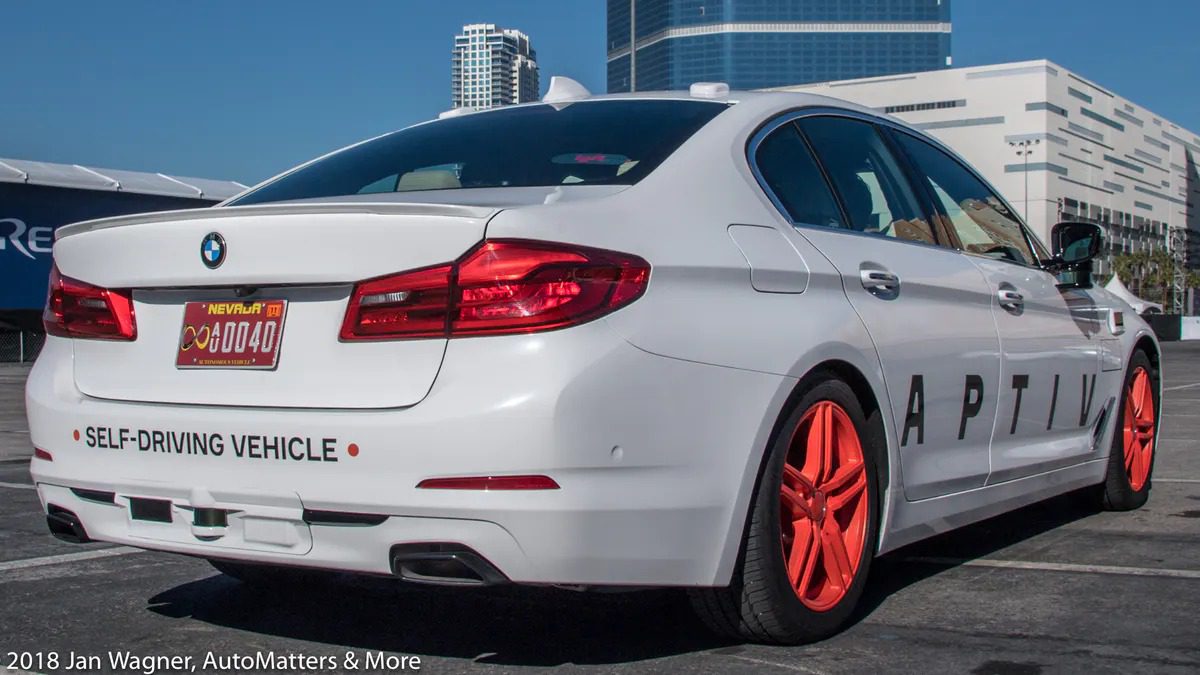
SELF-DRIVING & AUTONOMOUS VEHICLE TECHNOLOGY – WHAT YOU NEED TO KNOW
(UPDATED WITH VIDEO ON MAR. 15, 2018)
Will one of these be in your near future? I just want it to happen now.
Let’s begin our amazing journey into our near future with a confidence-inspiring ride in a self-driving car. Sit back, relax and join me (the one with the humongously large Nikon camera) and others as we effortlessly cruise through heavy Las Vegas traffic in a self-driving BMW sedan that we hailed on our smartphones, using the Lyft ride-hailing app. Our candid, unscripted comments were captured on a hidden camera and shared with us courtesy of APTIV, the global technology company that is responsible for this self-driving technology (www.aptiv.com):
APTIV VIDEO: Jan (with the Nikon camera) & others comment on a self-driving ride in an APTIV BMW through Las Vegas:
At long last, fully self-driving cars that you and I may ride in are tantalizingly close, unlike in the often promised but never quite delivered upon, Jetsons-like future filled with flying cars.

On the NHTSA website (nhtsa.gov – search for “Automated Vehicles for Safety”), the Society of Automotive Engineers (SAE) describes six levels of vehicle autonomy.
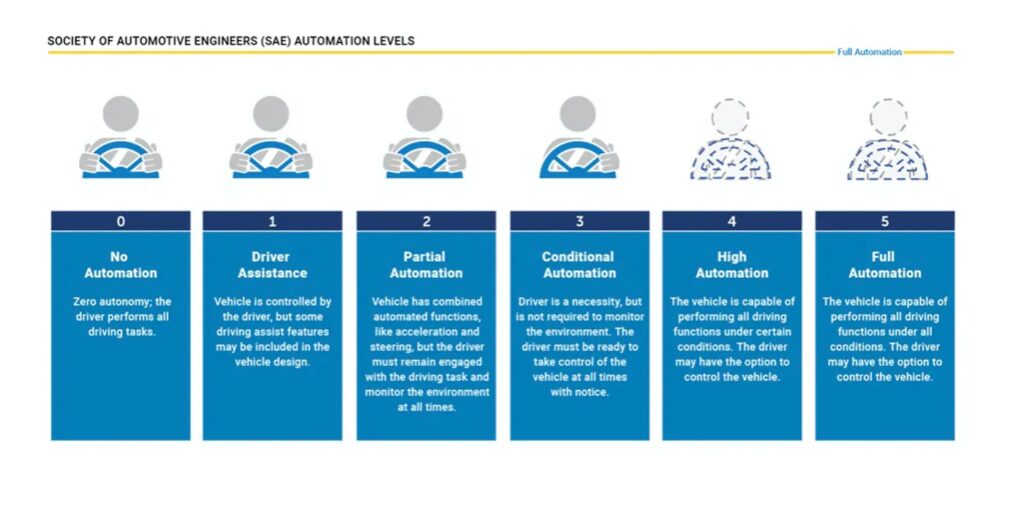
Level 0 is “No Automation: Zero autonomy, the driver performs all tasks.” Level 1 is “Driver Assistance: Vehicle is controlled by the driver, but some driving assist features may be included in the vehicle design.” Level 2 is “Partial Automation: Vehicle has combined automated functions, like acceleration and steering, but the driver must remain engaged with the driving task and monitor the environment at all times.” Level 3 is “Conditional Automation: Driver is a necessity, but is not required to monitor the environment. The driver must be ready to take control of the vehicle at all times with notice.” Level 4 is “High Automation: The vehicle is capable of performing all driving functions under certain conditions. The driver may have the option to control the vehicle.” Finally, Level 5 is “Full Automation: The vehicle is capable of performing all driving functions under all conditions. The driver may have the option to control the vehicle.”
For example, a car that is limited to steering itself hands-free within a single, well-marked lane on a limited access freeway in good weather conditions is not a Level 5, fully self-driving car. That is an automated driving assistance feature.
Automated driving systems can help drivers stay centered in their lanes and avoid making unsafe lane changes; enable vehicles to brake automatically in emergencies, monitor blind spots, alert drivers to cross-traffic and pedestrians behind them, maintain a safe distance behind other vehicles and even park themselves.



At CES 2018 (the Consumer Electronics Show) I took a guided tour of the Aptiv exhibit (www.aptiv.com) and met with company executives.

Kevin P. Clark, President and Chief Executive Officer, explained that Aptiv had been a part of Delphi with “a hundred year legacy developing critical technologies for the automotive industry.” “We’re perfectly positioned to leverage our architecture or hardware capabilities, as well as our software capabilities to enhance mobility, to make vehicles safer, to make them more connected and, as a part of that, to continue to make them greener.”





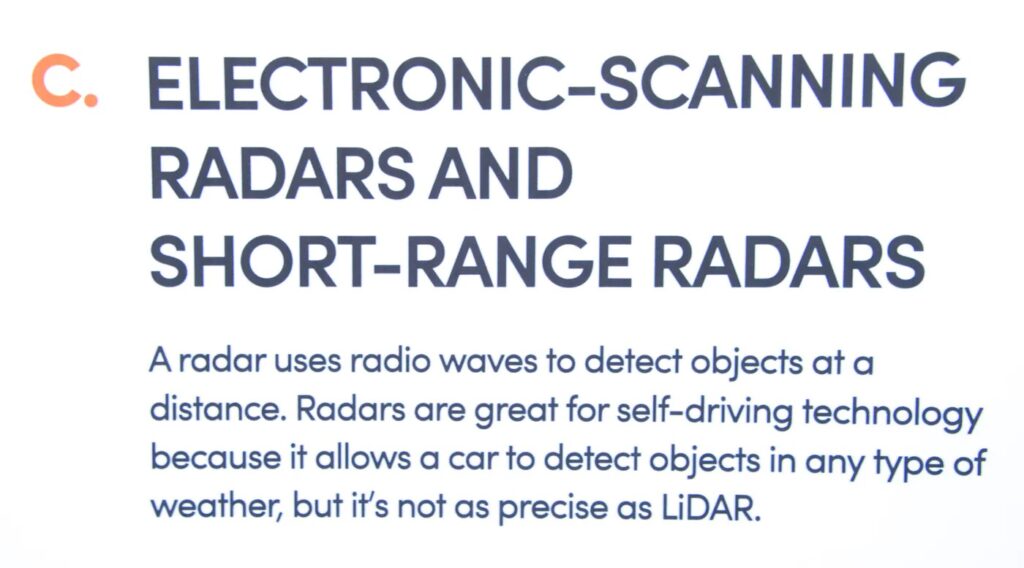




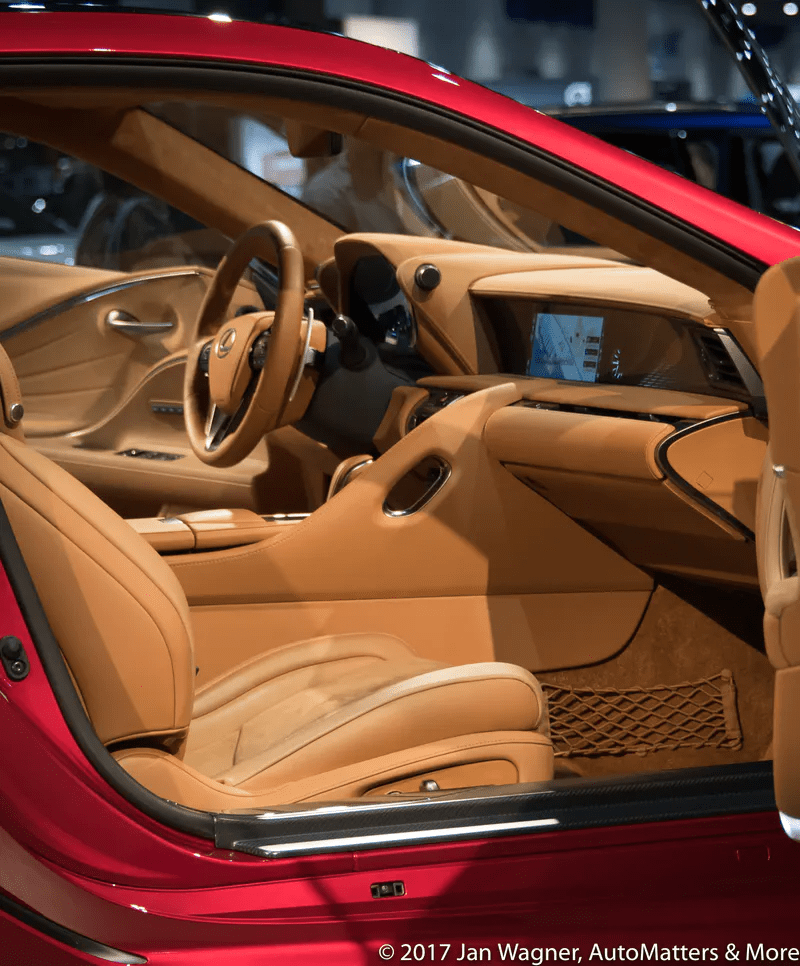
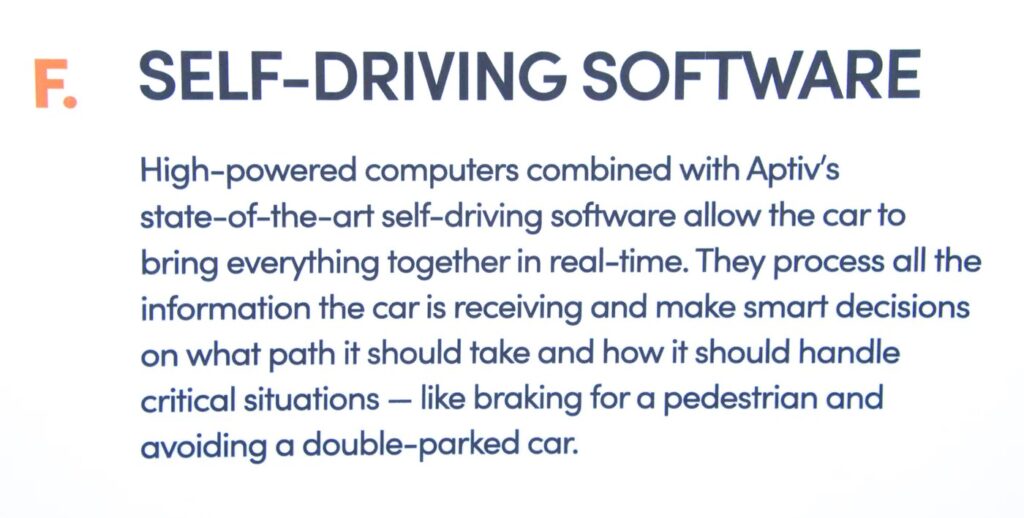
Aptiv expects the “first large-scale opportunity to make Level 4 self-driving vehicles a reality is expected to come through ride-hailing fleets.”

To demonstrate this at CES, Aptiv partnered with Lyft, integrating Aptiv’s automated driving platform with Lyft’s smart dispatching technology and its intuitive user app. A fleet of self-driving, Aptiv-equipped BMWs gave free rides from the Las Vegas Convention Center.

I rode in one to the Palazzo Hotel, through heavy traffic.
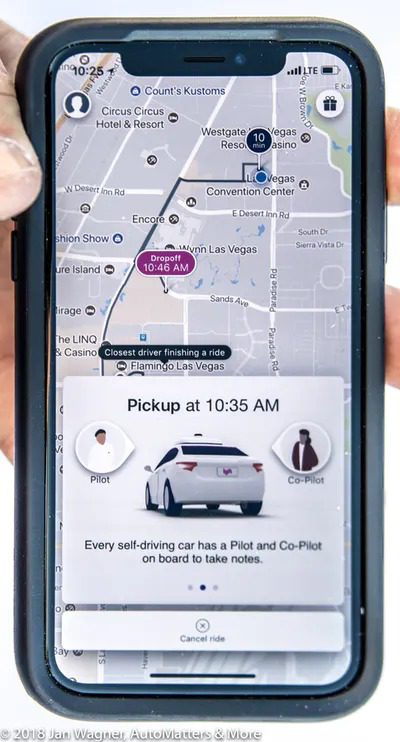


It was confidence inspiring, as if a very skilled driver were driving, stopping when a pedestrian stepped off the curb. During the demonstration a driver monitored the system while keeping her hands near the steering wheel, for safety and to take over control on private property.
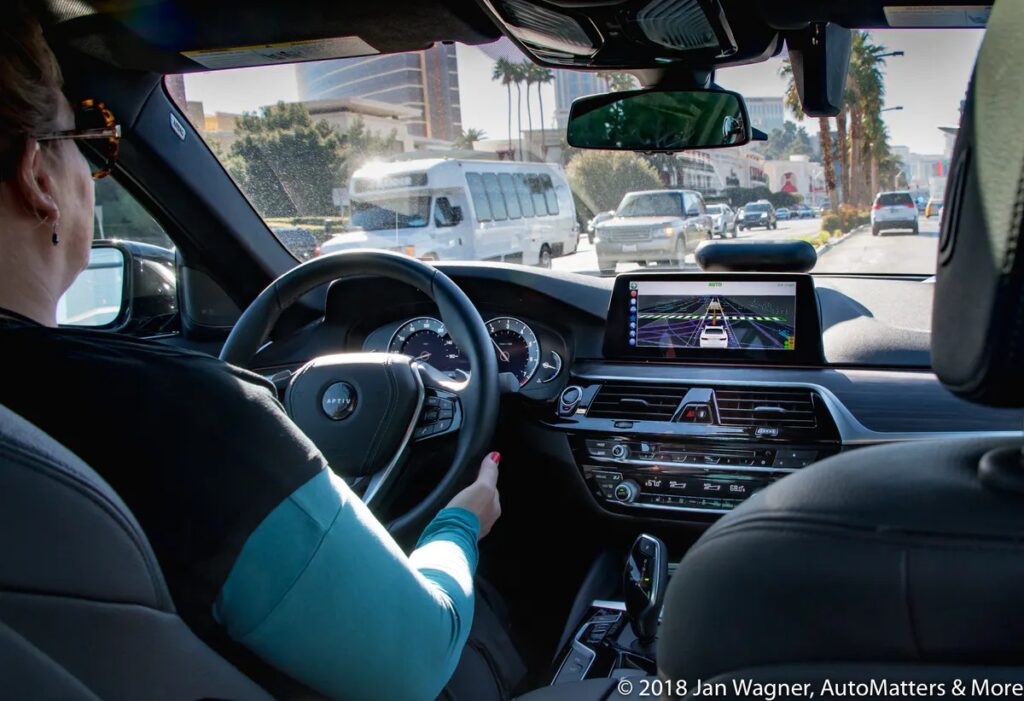



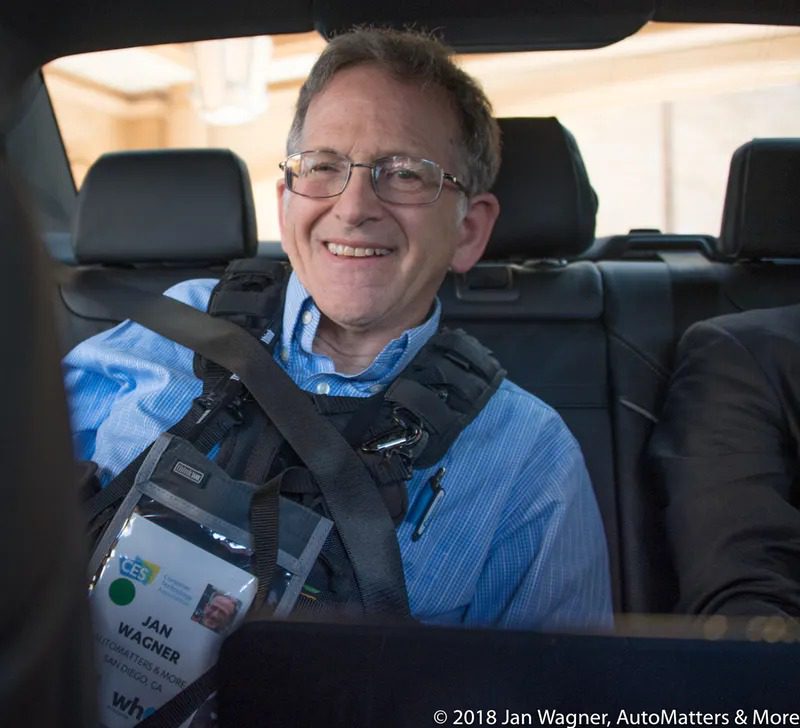


Waymo’s (waymo.com) Chrysler Pacifica minivan continuously gathers and manages vast amounts of data. Lidar “sends out millions of laser beams per second to build a detailed picture of the world, all 360 degrees around it. It also uses radar to detect how far away objects are, and their speed; and high resolution cameras detect visual information.” Soon a fleet of these will be deployed as self-driving taxis. Experience a virtual ride for yourself at youtube.com. In its search bar enter “Waymo 360° Experience: A Fully Self-Driving Journey.”
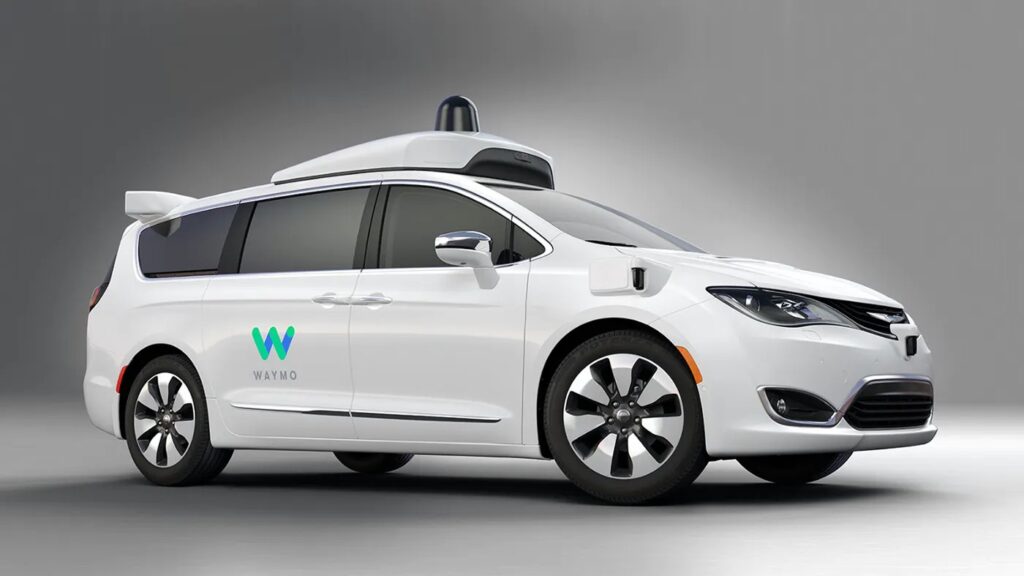

While self-driving cars will probably not be able to avoid all accidents, their widespread deployment will likely result in dramatic reductions in automobile related injuries, fatalities and property damage; and contribute to reduced congestion, fuel usage, vehicle emissions and travel time, and smoother traffic flow. The sooner self-driving cars are in use, the more lives will be saved.



Time spent in self-driving cars may be put to more productive uses. As drivers become senior citizens, self-driving cars will become an increasingly important factor in their continued mobility.

For more information, search for “Engineering.com – What Tech Will it Take to put Self-Driving Cars on the Road?” Also, on the nhtsa.gov website, search for “Automated Vehicles for Safety” and “Driver Assistance Technologies.”

COPYRIGHT © 2018 BY JAN WAGNER – AUTOMATTERS & MORE #530r2
